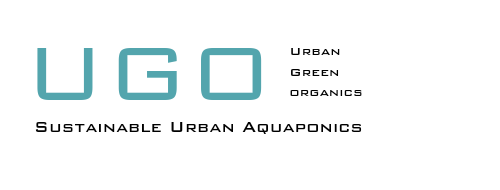Introduction
As urbanization continues to expand, the need for sustainable farming solutions in urban locations becomes increasingly important. With limited space and resources, urban farming offers a viable solution to produce fresh, locally grown food while minimizing environmental impact. In this blog post, we will explore the benefits and possibilities of sustainable farming in urban areas.
Benefits of Urban Farming
Urban farming brings numerous benefits to both the environment and the community. Here are some key advantages:
- Food Security: Urban farming helps to enhance food security by reducing dependence on long-distance transportation and increasing access to fresh produce.
- Environmental Sustainability: By utilizing vertical farming techniques, hydroponics, and aquaponics, urban farming minimizes water usage, reduces carbon emissions, and decreases the need for pesticides and fertilizers.
- Community Engagement: Urban farms provide opportunities for community engagement, education, and skill-building. They can serve as gathering spaces and promote social interaction.
- Economic Opportunities: Urban farming can create jobs and stimulate local economies. It allows small-scale farmers to sell their produce directly to consumers, cutting out intermediaries.
Types of Urban Farming
There are various types of urban farming methods that can be implemented in urban locations:
- Rooftop Farming: Utilizing rooftops for farming maximizes available space and utilizes unused areas for growing crops.
- Vertical Farming: Vertical farms use stacked layers to grow crops indoors, utilizing artificial lighting and controlled environments to optimize growth.
- Community Gardens: Community gardens provide shared spaces where individuals and families can grow their own food, fostering a sense of community and self-sufficiency.
- Hydroponics and Aquaponics: These soil-less farming methods use water-based solutions to grow plants, minimizing water usage and maximizing crop yields.
Challenges and Solutions
While urban farming offers numerous benefits, it also comes with its own set of challenges. Some common challenges include limited space, access to resources, and zoning regulations. However, innovative solutions are being developed to overcome these obstacles:
- Vertical Farming Technology: Vertical farming allows for efficient space utilization by growing crops in vertical stacks, making use of high-rise buildings and indoor spaces.
- Smart Irrigation Systems: Advanced irrigation techniques, such as drip irrigation and sensor-based systems, help minimize water usage and optimize plant growth.
- Community Partnerships: Collaborating with local communities, businesses, and organizations can help secure funding, resources, and support for urban farming initiatives.
- Policy and Zoning Reforms: Advocacy for policy changes and zoning reforms can help create a more favorable environment for urban farming, allowing for greater flexibility and accessibility.
Conclusion
Sustainable farming solutions in urban locations offer a promising way to address food security, environmental sustainability, and community engagement. By embracing innovative farming methods and overcoming challenges, urban farming can become an integral part of our cities, providing fresh and nutritious food while contributing to a greener and more resilient future.
